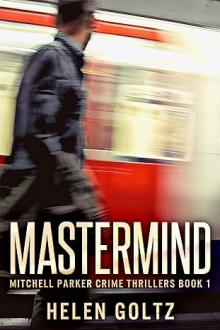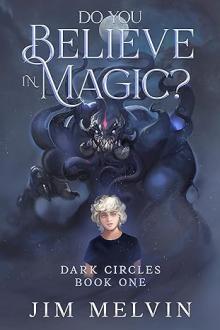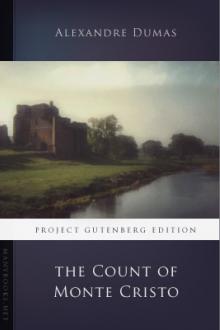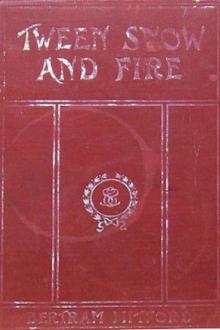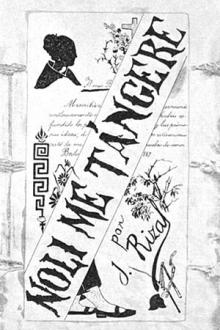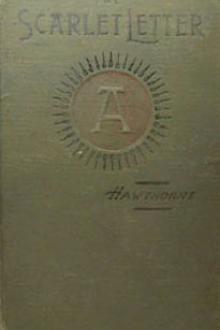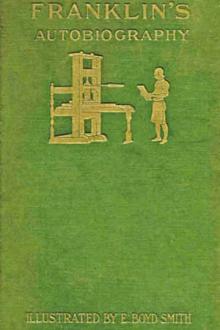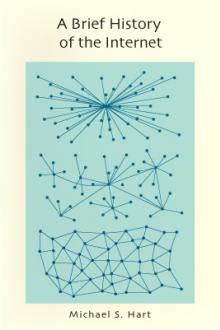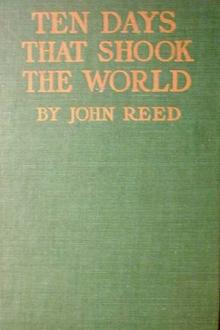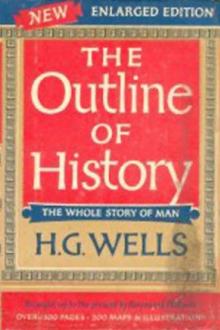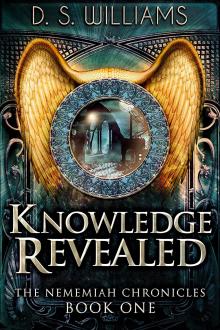Rembrandt
Rembrandt
Book Excerpt
al Gallery, or the etchings and drawings in the print
room of the British Museum, or the frame of etchings at South Kensington,
so accessible, I drop him. Yes: drop him in favour of another who did not
care two pins about the history or the politics of art, or the rights or
wrongs of Rembrandt's life, but went straight to his pictures and etchings,
wondered at them, and was filled with an incommunicable joy.
CHAPTER II
THE APPEAL OF THE PAINTINGS
Suppose our citizen and golfer, deliberately dropped in the preceding chapter, had a child, a son, who by a freak of heredity was brooding and imaginative, fond, in a childish way, of pictures and books, but quite indifferent to scientific criticism and the methods of the analytic men. During his school holidays his mother would take him to the pantomime, and to the National Gallery. Dazed, he would scan the walls of pictures, wondering why so many of them dealt with Scriptural subjects, and why some were so coloured, a
FREE EBOOKS AND DEALS
(view all)Popular books in History, Art
Readers reviews
1.0
LoginSign up
This is a little book riddled with faults, it has no pictures in it. There is some background information about Rembrandt Harmenszoon van Rijn (1606 or 1607-1669), but a lot of the information given is not correct (see below). This e-book edition does not have the pictures in it that the printed edition had, making this almost like a picturebook wihtout the pictures.
I do not recommend to download this book, it is not reliable. It's better to look up information about Rembrandt online (for example in the famous online encyclopedia), that information is more reliable, better-written and does have illustrations. If you read this book you will get a lot of faulty information, so it is better not to read it.
Some (not all) examples of faults in this booklet:
-At location 366 the author states that Rembrandt may have married his mistress Hendrickje Stoffels, the author is the only person to suggest this. It is generally accepted they were not married (proof of this is the trouble Hendrickje got into with the church-authorities because she lived as a 'prostitute');
-Rembrandt and his wife Saskia van Uylenburg did not get 3 children (as stated on loc. 367) but 4, only one of these -Titus- survived childhood;
-Rembrandt and Hendrickje Stoffels did not have 2 daughters (as this book says at loc. 367) but only one: Cornelia;
-Rembrandt studied for 3 years (1619-1622) as an appentrice in the studio of Pieter Lastman, and not for just a few months as this bookle claims at location 366;
-the correct spelling is: the 'Rijksmuseum' (in Amsterdam), not Ryks Museum as it is spelled at locations 412, 438 and 524 of this book;
-At several locations the name of his wife is misspelled, it should be spelled as: Saskia van Uylenburg (and not as Saskia van Uylenborch as it it spelled in this book);
-The author writes at location 102 that Rembrandt died in obscurity, but in the year of his death he had gotten a commission for an altarpiece by Cosimo III de' Medici (14 August 1642 - 31 October 1723, who reigned from 1670 to 1723 as Arch Duke of Tuscany), who had even visited Rembrandt in Amsterdam two years previously. This does not sound like 'obscurity' to me.
-The author writes at locations 438 and 524 that he likes the painting 'The Syndics of the Cloth Hall'(Dutch titel: 'De Staalmeesters') beter than 'the Night Watch' (Dutch title: 'De Nachtwacht' or 'Het korporaalschap van Frans Banning Cocq en luitenant Willem Ruytenburgh maakt zich gereed'), I believe very few people will agree with the author, I certainly don't.
As a sample I copy a bit from location 366 and enclose the correct facts by brackets:
[...]to study painting under Swanenburch, and later in the studio of Lastman at Amsterdam. After a few months (incorrect: it was 3 years, form 1619 till 1622)) with Lastman he returned to Leyden, "to practise painting alone and in his own way." So much for his schooling. At the age of twenty-one he produced a picture called St. Paul in Prison, and Gerard Dou became his pupil. In 1631 he left Leyden and settled in Amsterdam. In 1634 he married Saskia van Uylenborch (correct spelling is: Uylenburg), who bore him three children (not correct: they had 4 children, three died as infants, only Titus lived long enough to reach adulthood), and Titus was the youngest. Some years later he had two daughters by his servant, Hendrickje Stoffels (not correct: they had only one child, a daughter named Cornelia). Perhaps he married her (there is no 'perhaps' about it, he did not marry her and she got in trouble with the church-officials, she was accused of 'living as a prostitute'; the only reason Rembrandt himself did not get in trouble with the church-authorities is that he was no official member of the church). She was a kind, good soul, faithful and loyal to her master. His friends do not seem to have disapproved of this irregular union, but the Consistory of her church summoned Hendrickje before them and forbade her to communicate.
[...]
I do not recommend to download this book, it is not reliable. It's better to look up information about Rembrandt online (for example in the famous online encyclopedia), that information is more reliable, better-written and does have illustrations. If you read this book you will get a lot of faulty information, so it is better not to read it.
Some (not all) examples of faults in this booklet:
-At location 366 the author states that Rembrandt may have married his mistress Hendrickje Stoffels, the author is the only person to suggest this. It is generally accepted they were not married (proof of this is the trouble Hendrickje got into with the church-authorities because she lived as a 'prostitute');
-Rembrandt and his wife Saskia van Uylenburg did not get 3 children (as stated on loc. 367) but 4, only one of these -Titus- survived childhood;
-Rembrandt and Hendrickje Stoffels did not have 2 daughters (as this book says at loc. 367) but only one: Cornelia;
-Rembrandt studied for 3 years (1619-1622) as an appentrice in the studio of Pieter Lastman, and not for just a few months as this bookle claims at location 366;
-the correct spelling is: the 'Rijksmuseum' (in Amsterdam), not Ryks Museum as it is spelled at locations 412, 438 and 524 of this book;
-At several locations the name of his wife is misspelled, it should be spelled as: Saskia van Uylenburg (and not as Saskia van Uylenborch as it it spelled in this book);
-The author writes at location 102 that Rembrandt died in obscurity, but in the year of his death he had gotten a commission for an altarpiece by Cosimo III de' Medici (14 August 1642 - 31 October 1723, who reigned from 1670 to 1723 as Arch Duke of Tuscany), who had even visited Rembrandt in Amsterdam two years previously. This does not sound like 'obscurity' to me.
-The author writes at locations 438 and 524 that he likes the painting 'The Syndics of the Cloth Hall'(Dutch titel: 'De Staalmeesters') beter than 'the Night Watch' (Dutch title: 'De Nachtwacht' or 'Het korporaalschap van Frans Banning Cocq en luitenant Willem Ruytenburgh maakt zich gereed'), I believe very few people will agree with the author, I certainly don't.
As a sample I copy a bit from location 366 and enclose the correct facts by brackets:
[...]to study painting under Swanenburch, and later in the studio of Lastman at Amsterdam. After a few months (incorrect: it was 3 years, form 1619 till 1622)) with Lastman he returned to Leyden, "to practise painting alone and in his own way." So much for his schooling. At the age of twenty-one he produced a picture called St. Paul in Prison, and Gerard Dou became his pupil. In 1631 he left Leyden and settled in Amsterdam. In 1634 he married Saskia van Uylenborch (correct spelling is: Uylenburg), who bore him three children (not correct: they had 4 children, three died as infants, only Titus lived long enough to reach adulthood), and Titus was the youngest. Some years later he had two daughters by his servant, Hendrickje Stoffels (not correct: they had only one child, a daughter named Cornelia). Perhaps he married her (there is no 'perhaps' about it, he did not marry her and she got in trouble with the church-officials, she was accused of 'living as a prostitute'; the only reason Rembrandt himself did not get in trouble with the church-authorities is that he was no official member of the church). She was a kind, good soul, faithful and loyal to her master. His friends do not seem to have disapproved of this irregular union, but the Consistory of her church summoned Hendrickje before them and forbade her to communicate.
[...]
- Upvote (0)
- Downvote (0)
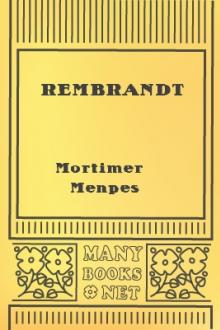
 Free Download
Free Download



